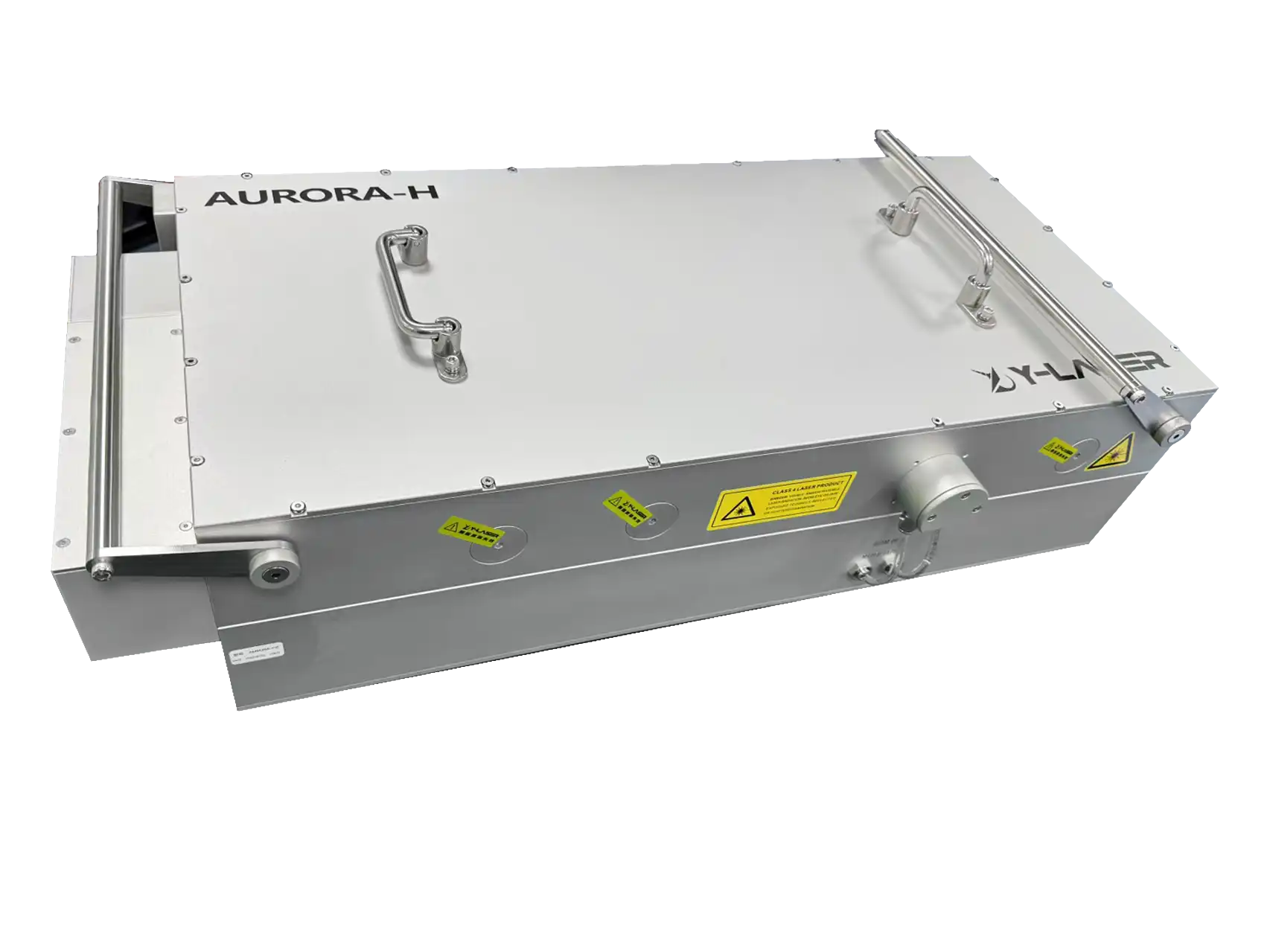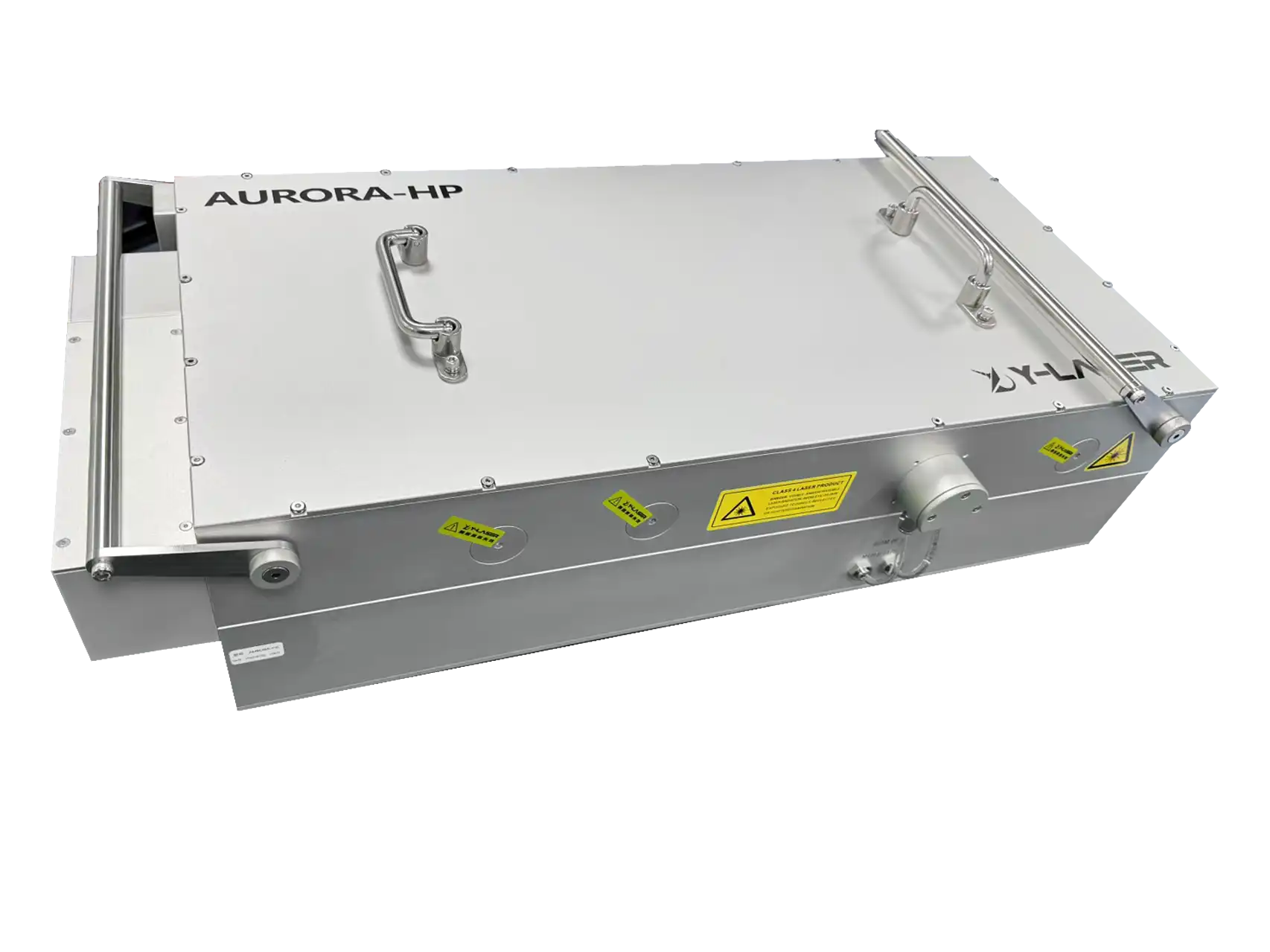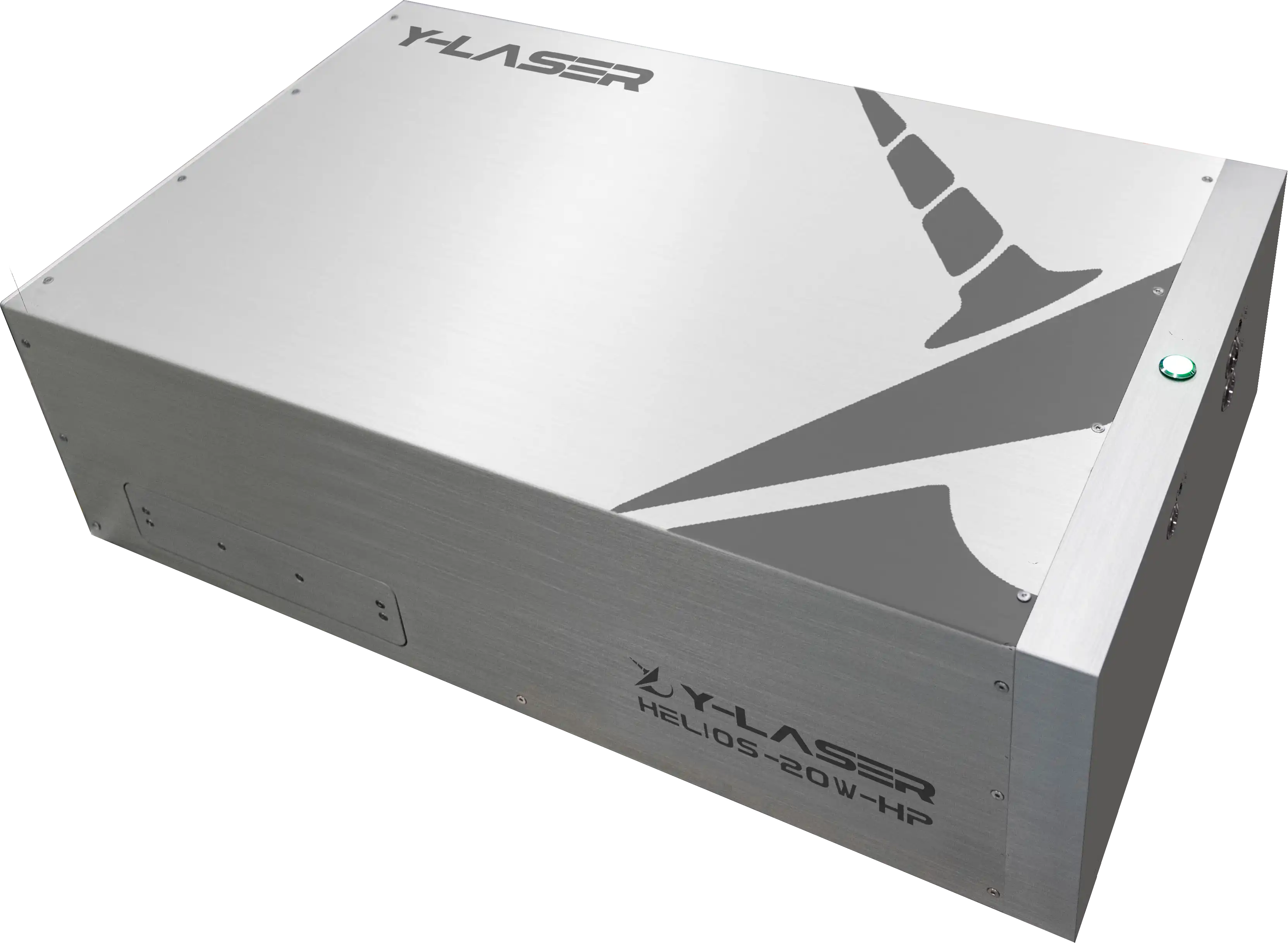Femtosecond Stimulated Raman Spectroscopy (FSRS) is a revolutionary molecular spectroscopy method that uses the extremely high temporal resolution of femtosecond laser pulses to study molecular dynamics and structural changes. This technique excites the sample and uses another laser pulse to induce the Raman scattering process, thereby collecting key information about molecular vibrational states and dynamics. A notable feature of FSRS is its ability to capture rapid chemical and molecular dynamics processes that traditional Raman spectroscopy techniques cannot observe.
In the field of chemical research, FSRS is used to study the mechanisms of various complex chemical reactions, especially those involving transient intermediates and rapid energy transfer. By gaining an in-depth understanding of these fast reaction processes, FSRS helps scientists better understand and control chemical reactions, providing a critical foundation for the development of new drugs, the optimization of energy conversion technologies, and the design of new materials.

Figure 1. Schematic diagram of frequency-domain and time-domain Raman spectroscopy.
In the fields of biochemistry and biophysics, FSRS technology also plays an important role. It allows for in-depth studies of the dynamic structural changes of biomolecules such as proteins, for example, the structural changes of active sites during enzyme catalysis and the molecular dynamics during protein folding and unfolding processes. This deep understanding is crucial for uncovering the functional mechanisms of biomolecules and has a significant impact on drug design, disease treatment, and the development of biotechnology.
The high temporal resolution of FSRS technology is its greatest advantage. By precisely controlling the timing of excitation and detection pulses, FSRS can observe fast dynamic processes within molecules with femtosecond or picosecond time resolution. This precise time control is essential for understanding and measuring the rapidly changing molecular dynamics and chemical reaction processes, especially when studying intermediates with extremely short lifetimes and fast energy transfer processes.
The development of FSRS technology has not only opened new fields for molecular dynamics research but also provided powerful tools for research in disciplines such as physical chemistry, biochemistry, and materials science. It can reveal the details of molecular and chemical processes that traditional spectroscopic techniques cannot observe, offering new perspectives and methods for scientific research and technological innovation in these fields.
Overall, FSRS technology, with its unique time resolution and flexibility, has an unparalleled advantage in revealing the dynamics and structural characteristics of complex molecular systems, making it increasingly important in today's scientific research. With the continuous advancement of femtosecond laser technology, FSRS will play an even more crucial role in future scientific discoveries and technological applications.
References:
H. Kuramochi et al. "Tracking Ultrafast Structural Dynamics by Time-Domain Raman Spectroscopy." Journal of the American Chemical Society, 143 (2021): 9699 - 9717. https://doi.org/10.1021/jacs.1c02545.
 AI Assistant
AI Assistant


